article
Author: Pauder (@zcjR4D8BOe86279) / X
Title:About raising the level of 2-1
URL:2-1About raising the level|Pauder
summary
This article is a strategy guide on ” Leveling 2-1 ” written by TFT player Pauder.
In the current environment at the end of Set 14, many players are unknowingly making mistakes in their 2-1 level decisions.
The boundary between ” raising and not raising” is very carefully explained, including the advantages and disadvantages of consecutive win progression, 3-level stays, and even ideal board examples.
Contents
1. why raise the level?
The reason for raising the level in 2-1 is clear.
If the level is raised under the right conditions, it is possible to win 4 or 5 in a row in two stages, resulting in a top4 almost guaranteed.
The reason for this is the economic advantage gained by winning a series of games and the ability to see a strong store and secure excellent pieces early.
Examples include Mordekaiser, Jarvan, and Jin, which are powerful units in the early stages of the game.
The key is to keep these units while taking appropriate interest and aiming for both “board power” and “economy” in the 3 and 4-station game.
2. why do a 3-level stay?
On the other hand, forcing the level up on a weak board is suicide.
You will enter a typical negative spiral: you cannot win, but you will collapse your economy by holding on to your pieces, you will not win in a row, you will not lose in a row, and you will be left with nothing….
Mr. Pauder even describes this as a ” lower-level definitive move.
The important point, however, is that ” standards can only be learned through failure.
That is why I recommend that you should dare to try a winning streak progression at first and create your own axis of judgment.
3. when to raise the level?
As for clear criteria:
Level up to 2-1 only if it looks like you can win 4 or more in 2 stages.
Ideally, the team should win five in a row; three wins is not enough of a bonus and tends to be a halfway point.
For reproducibility, the following four types of strong openers can be made with one 2-cost + two 1-cost or less:
- Morgana → Dynamo Ellis (Bruiser progression)
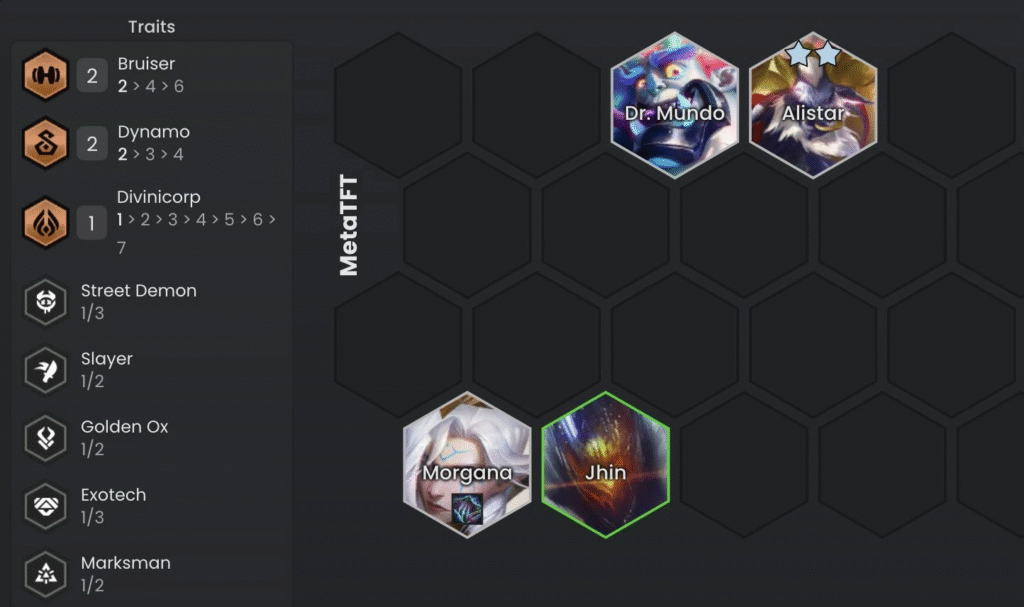
- Anima → Anima
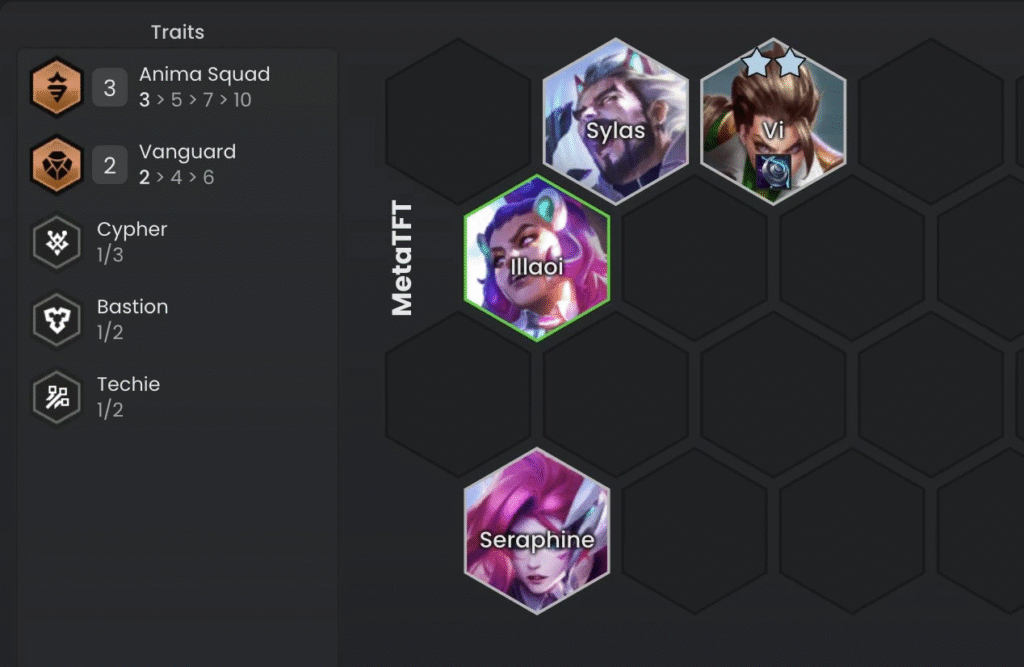
- Cogmau → Exo or Vanga (Vanga progression)
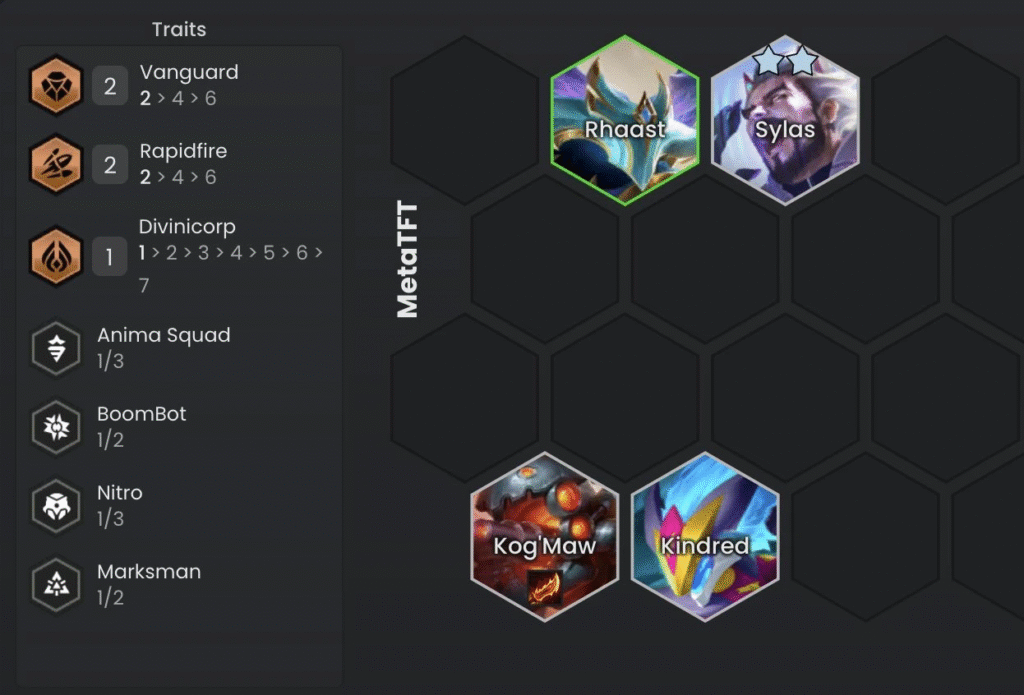
- Stode → Strategist

Also, the “Exotic Progression with Morde” is exceptionally strong.
However, the normal exotic progression is deprecated in the 2-step (due to the weakness of Jax and Nafiri).
The exception is the Exo Progression with Molde, which is one of the strongest starts available.
4. unit tier and ideal board configuration
A unit tier list for the two stages and examples of configurations based on this list are also detailed.
- S Tier: Cypher (stand-alone, game plan change level OP)
- A and B Tier: Immediate level up if there are more than 2 + slam recommended.
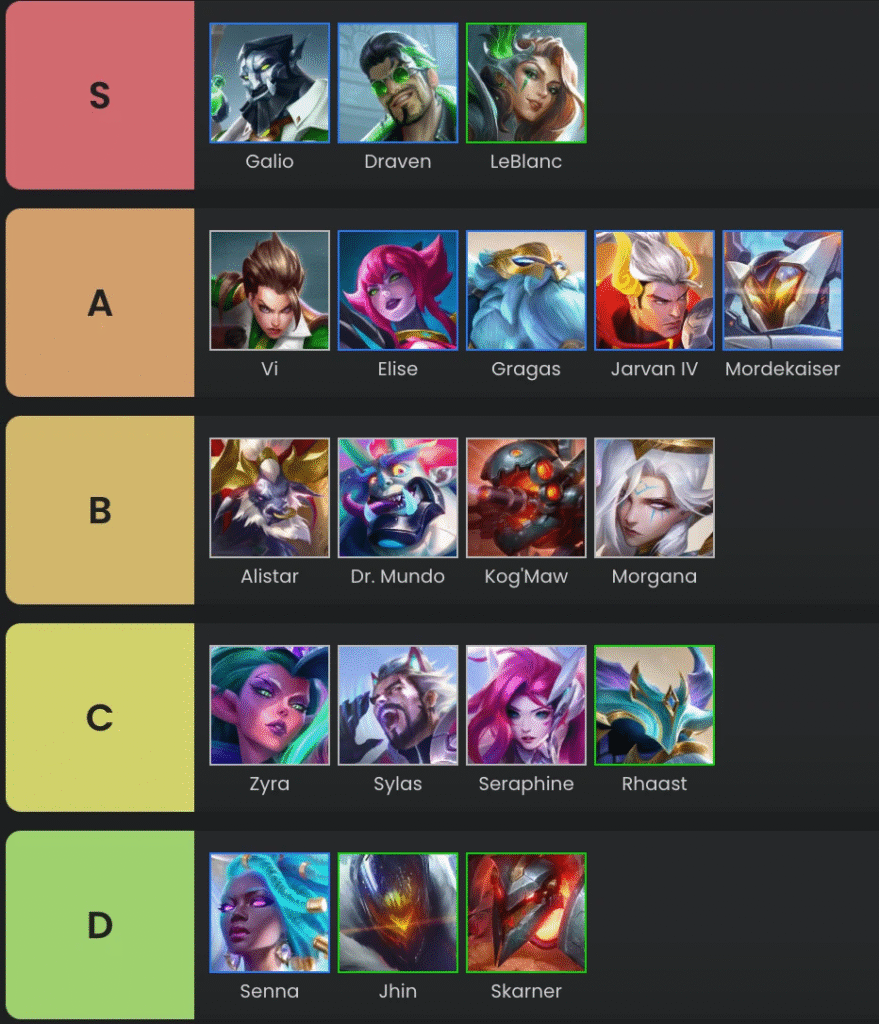
Example of actual progression:
✅ Bruiser dynamo axis
→ Composed of Morgana, Dynamo, Eris, etc.
→ High board power, top 4 can be fixed with Eris and Gragas drop.
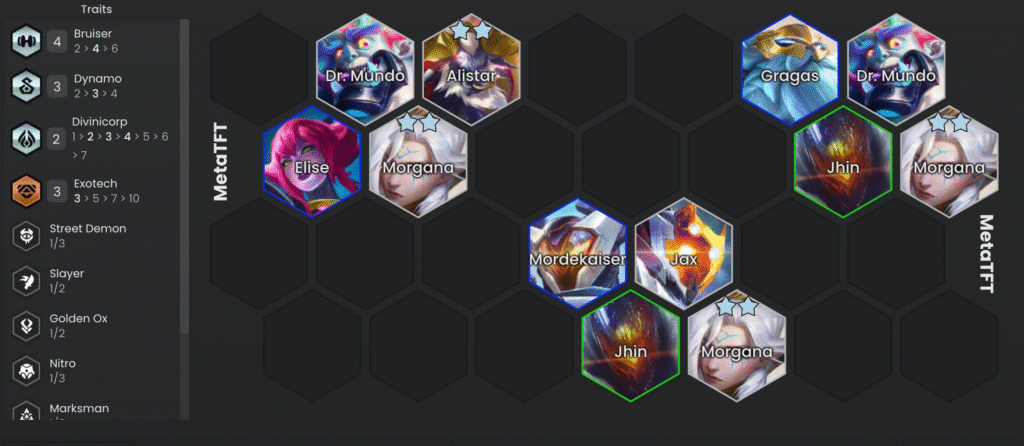
✅ Vanguard AD axis.
→ Cogmau + Kindred OR Gin + Senna, etc.
→ Balanced configuration with Jarvan Vai Sena, aiming for 5 wins in a row.
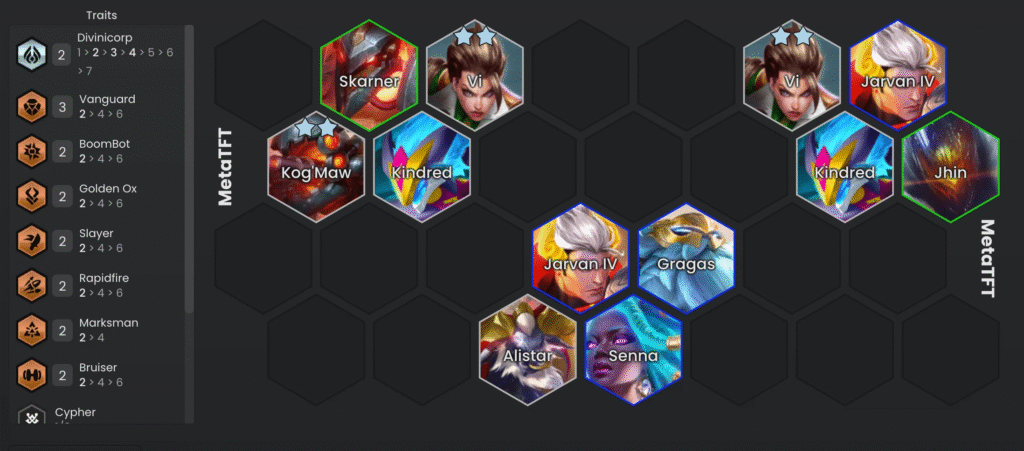
The point is to understand which pieces you should value.
He cautions that if you do not understand the strong pieces and are holding jacks, etc. for no reason, you will miss opportunities.
impression
I was very impressed with his point of view that ” if you want to win progression, you must also look at the balance between the economy and the board,” which made me reflect on myself who was happy and satisfied with the immediate two or three wins.
This is a great read for those who are unsure of the progression or are somewhat stay-at-home!
Quote: Regarding raising the level of 2-1|Pauda

After reading this article, my LP has V-shaped recovered!
Thank you so much 🙏.


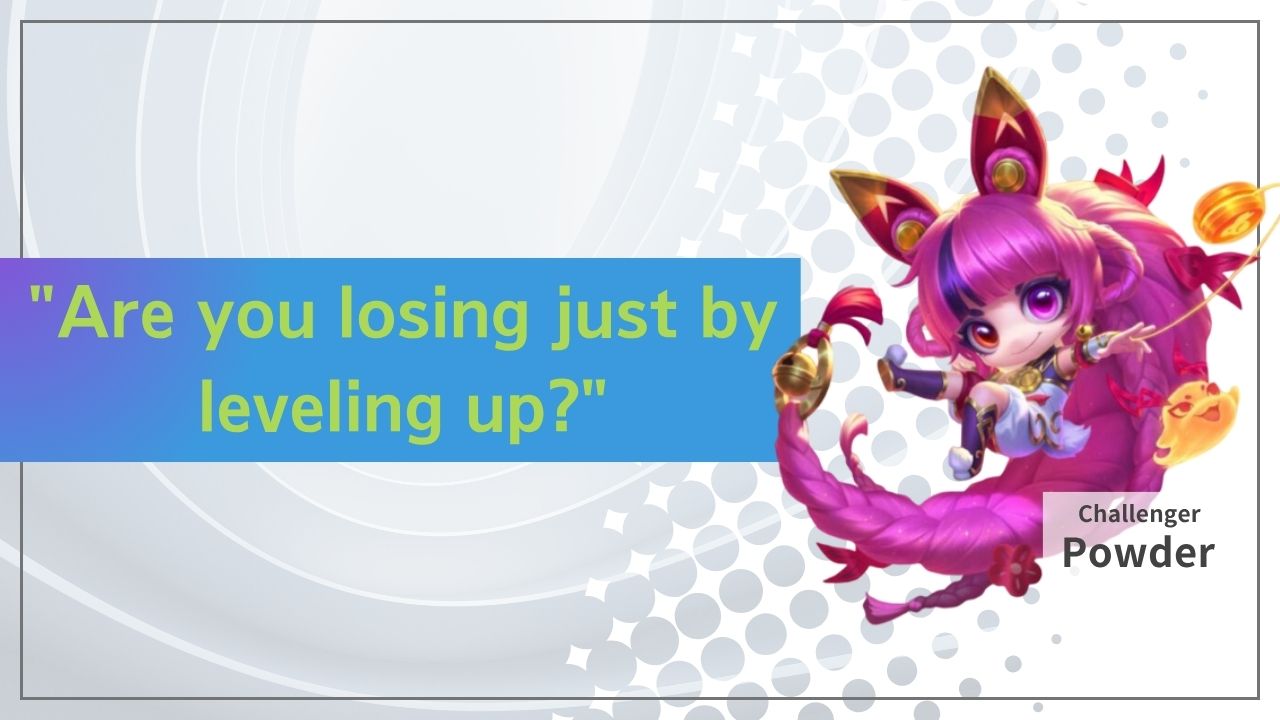


コメント